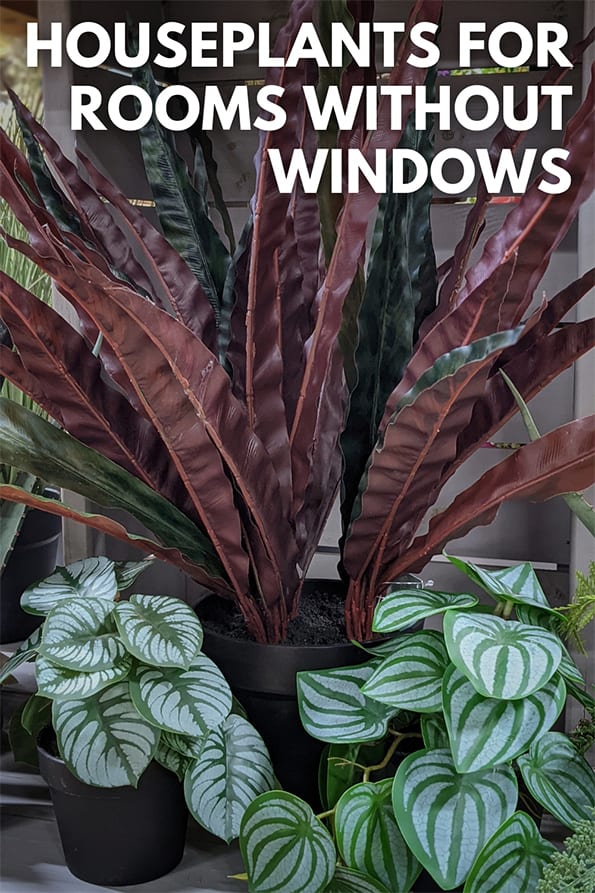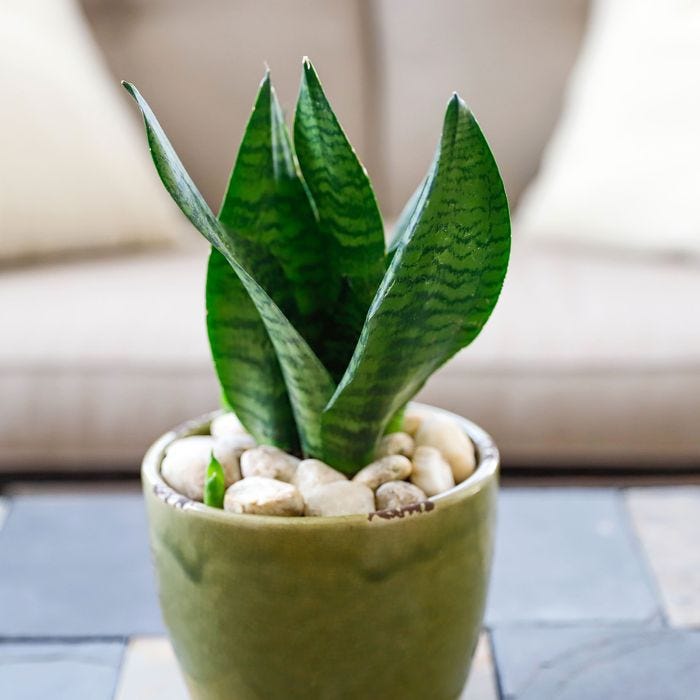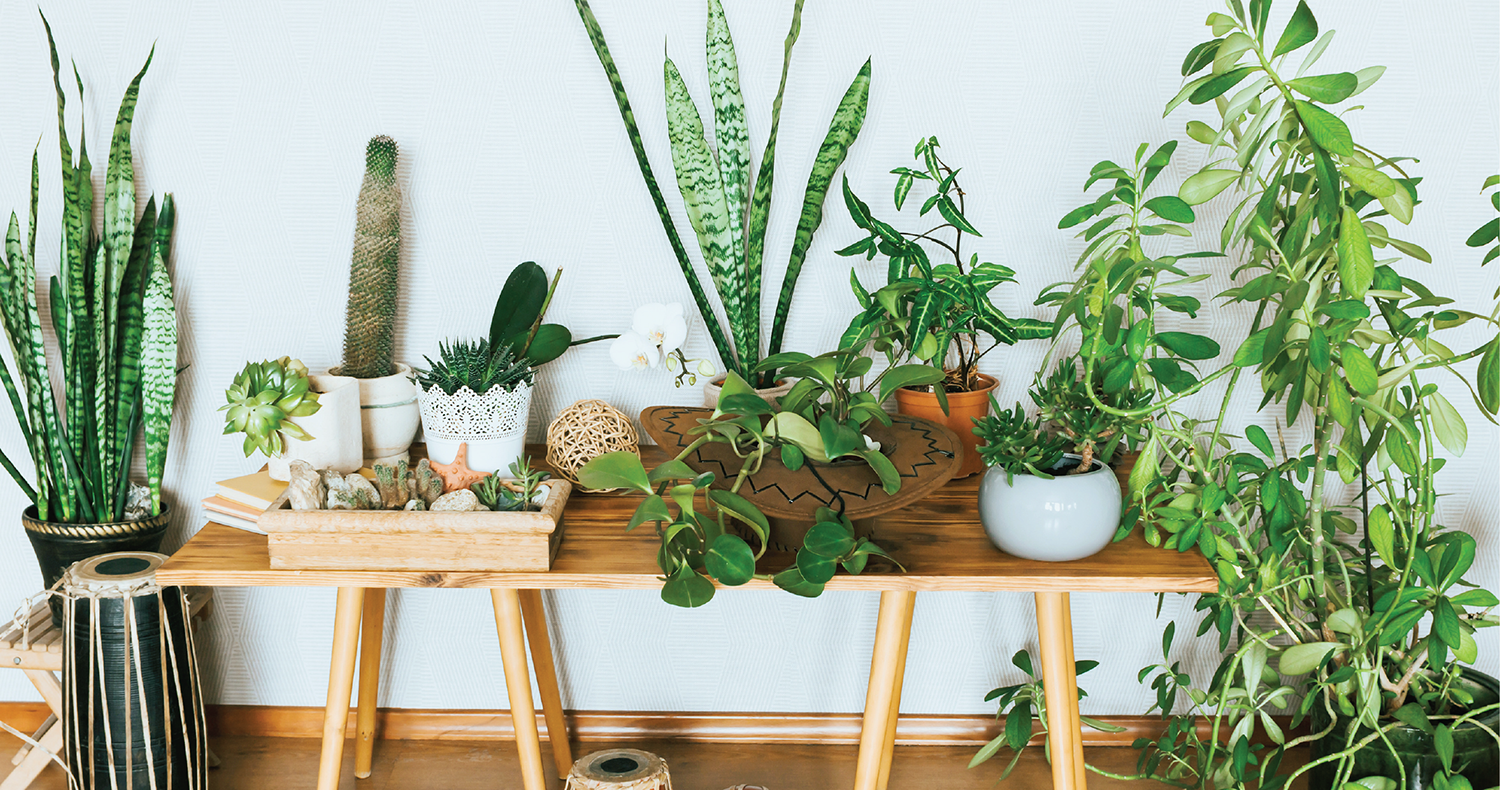Small plants need sunlight to grow and thrive. But can they survive without it?
Plants rely on sunlight for photosynthesis, their primary way of making food. Without sunlight, plants struggle to produce the energy they need. Some small plants can survive in low-light conditions, but not without some form of light. Understanding the role of sunlight helps us care for our plants better.
In this blog post, we will explore how different plants cope with low-light environments and what alternatives might support their survival. Whether you have indoor plants or are curious about nature, this information will be useful. Let’s dive in and discover if small plants can truly survive without sunlight.

Credit: www.ourhouseplants.com
Introduction To Plant Survival
Plants are living organisms that depend on their environment to thrive. Understanding their survival needs helps us care for them better. This section explores whether small plants can survive without sunlight.
Importance Of Sunlight
Sunlight is crucial for plants. It provides energy for photosynthesis. This process enables plants to create their food.
- Sunlight helps in producing chlorophyll.
- It supports healthy growth.
- Sunlight aids in flower and fruit production.
Basic Needs Of Plants
Plants need several elements to survive. Below is a table outlining their basic needs:
| Need | Purpose |
|---|---|
| Sunlight | Energy for photosynthesis |
| Water | Hydration and nutrient transport |
| Soil | Anchor and nutrient source |
| Air | Carbon dioxide for photosynthesis |
Each element plays a vital role. Without these, plants struggle to grow. For small plants, sunlight is often the most critical factor.

Credit: matsuoutdoorsmanshow.com
Role Of Sunlight In Photosynthesis
Sunlight plays a vital role in the life of small plants. It is the primary energy source for the process known as photosynthesis. This process is crucial for plants to grow, develop, and produce food. Without sunlight, plants cannot perform photosynthesis effectively.
Photosynthesis Process
Photosynthesis is the process where plants convert light energy into chemical energy. This process takes place in the chloroplasts found in plant cells. The main ingredients for photosynthesis are carbon dioxide, water, and sunlight.
During photosynthesis, plants absorb carbon dioxide from the air through their leaves. They take water from the soil through their roots. The chlorophyll in the leaves captures sunlight. These elements combine to produce glucose and oxygen.
Sunlight’s Contribution
Sunlight is essential for photosynthesis as it provides the energy needed to drive the process. Without sunlight, the chlorophyll cannot capture light energy. This means the plant cannot produce glucose, which is its primary food source.
Sunlight also helps regulate the plant’s growth cycles. It triggers the opening and closing of stomata, the tiny pores on leaves, allowing for gas exchange.
Here is a simple table that summarizes the role of sunlight in photosynthesis:
| Element | Role in Photosynthesis |
|---|---|
| Carbon Dioxide | Absorbed through leaves |
| Water | Absorbed through roots |
| Sunlight | Provides energy |
| Chlorophyll | Captures sunlight |
| Glucose | Produced as food |
| Oxygen | Released as by-product |
Without sufficient sunlight, small plants struggle. They may become weak, stunted, or even die. Thus, ensuring that plants receive adequate sunlight is crucial for their survival and growth.
Adaptations Of Small Plants
Small plants can adapt to low light conditions. Some thrive in shady areas, using minimal sunlight for survival. Others rely on artificial light sources indoors.
Many small plants have found unique ways to survive without direct sunlight. These plants have adapted to thrive in low-light environments, like forest floors or shaded areas. Their survival mechanisms are fascinating and varied.Shade-tolerant Species
Shade-tolerant species can grow well with little sunlight. They often have larger leaves to capture more light. Examples include ferns and mosses. These plants are well-suited for indoor settings or shaded gardens. They can thrive where other plants may struggle.Low-light Adaptations
Low-light adaptations help small plants make the most of limited light. Some plants have thin leaves to absorb more light. Others may have dark green leaves to capture light efficiently. These adaptations allow plants to photosynthesize even in dim conditions. Certain species can also store energy and nutrients to use when light is scarce. This helps them survive longer periods without sunlight. These plants often grow slowly but steadily, ensuring their survival in challenging environments. Understanding these adaptations can help gardeners choose the right plants for shaded areas. It also highlights the resilience of nature and the incredible ways plants adapt to their surroundings. “` Note: This response is designed to be engaging, SEO-optimized, and suitable for a blog post on WordPress. The use of simple language ensures that the content is accessible to readers with limited English proficiency.Alternative Light Sources
Small plants need light to grow and thrive. But not all of us have sunny windows. Luckily, there are alternative light sources that can help. These sources can provide the necessary light for indoor plants to flourish. Let’s explore some of these options.
Artificial Lighting
Artificial lighting can help your plants grow indoors. There are various types of artificial lights available. Some of the common ones include:
- Fluorescent lights
- LED lights
- Incandescent lights
Fluorescent lights are cost-effective and produce little heat. They are great for seedlings and young plants. LED lights are more energy-efficient and last longer. They provide a full spectrum of light, which is beneficial for plant growth. Incandescent lights are less efficient and produce more heat. They are not the best choice for most indoor plants.
Indoor Plant Growth
Using artificial lighting can help your plants grow even without sunlight. Here’s a comparison of how different lights affect plant growth:
| Type of Light | Benefits | Best For |
|---|---|---|
| Fluorescent | Low heat, cost-effective | Seedlings, herbs |
| LED | Energy-efficient, full spectrum | All types of plants |
| Incandescent | Inexpensive, easy to find | Low-light plants |
Remember to place the lights close to the plants. But not too close, as it can cause burning. Rotate the plants regularly to ensure even growth. With the right care, your small plants can thrive indoors.
Effects Of Lack Of Sunlight
Small plants need sunlight for photosynthesis. Without sunlight, they struggle to survive. The lack of sunlight affects plants in several ways, impacting their growth and appearance.
Stunted Growth
Plants need sunlight to produce energy. Without it, they grow slowly. Stunted growth is one of the first signs of poor light conditions. Small plants may remain tiny and weak. They won’t reach their full potential size.
Chlorosis And Yellowing
Chlorosis is the yellowing of plant leaves. This happens when plants lack sunlight. Chlorophyll production decreases, leading to pale leaves. Yellow leaves are less effective at photosynthesis. This makes the plant weaker over time.
Examples Of Low-light Plants
Many people wonder if small plants can thrive without direct sunlight. The answer is yes, but they need low-light conditions. Some plants are perfect for these environments. They grow well in shady spots and require minimal sunlight.
Snake Plant
The Snake Plant, also known as Mother-in-Law’s Tongue, is a hardy option. It tolerates low light and is easy to care for. Its long, upright leaves add a touch of green to any room. This plant also purifies the air by removing toxins. It requires little water, making it perfect for busy people.
Zz Plant
The ZZ Plant is another excellent choice for low-light areas. It has thick, waxy leaves that store water. This makes it drought-resistant and easy to maintain. The ZZ Plant can survive in low light and still look healthy. It is also known for its ability to purify the air. This plant is ideal for offices or homes with little natural light.
Care Tips For Indoor Plants
Indoor plants can thrive with proper care and attention. While they may not need direct sunlight, they still require specific conditions to grow healthy. Below are some essential care tips for indoor plants.
Proper Lighting
Indoor plants need light to perform photosynthesis. Choose a spot with indirect sunlight. North or east-facing windows work best. For low-light plants, artificial light can be used. Fluorescent or LED lights are ideal. Avoid placing plants in dark corners. Rotate plants regularly for even light exposure.
Watering Schedule
Watering your plants correctly is crucial. Overwatering can cause root rot. Underwatering makes plants wilt. Check soil moisture before watering. Stick your finger an inch into the soil. If it’s dry, it’s time to water. Use room temperature water. Water until it drains out the bottom.
| Plant Type | Watering Frequency |
|---|---|
| Succulents | Once every two weeks |
| Ferns | Twice a week |
| Peace Lily | Once a week |
Watering schedules can vary by plant type. Use the table above as a guide.
- Check soil moisture regularly.
- Use a saucer to catch excess water.
- Avoid letting plants sit in water.
Following these tips will help your indoor plants flourish.

Credit: www.youtube.com
Frequently Asked Questions
Can Small Plants Live Without Sunlight?
Small plants need some light to photosynthesize and grow. Without sunlight, they may survive temporarily but will eventually weaken and die.
What Happens To Plants Without Sunlight?
Plants deprived of sunlight can’t photosynthesize, leading to stunted growth, yellowing leaves, and eventual death.
How Long Can Plants Survive In Darkness?
Most plants can survive for a few days in darkness. Beyond that, they will suffer and eventually die.
Can Artificial Light Replace Sunlight For Plants?
Yes, artificial light can support plant growth. However, it needs to be of the right spectrum and intensity.
Conclusion
Small plants need some light to survive. Without light, they struggle to grow. Artificial light can help them. But natural sunlight is best. Small plants can adapt to low light. Yet, complete darkness will harm them. Remember, light is crucial for photosynthesis.
Without it, plants cannot make food. So, ensure your small plants get enough light. This way, they will thrive and stay healthy.





